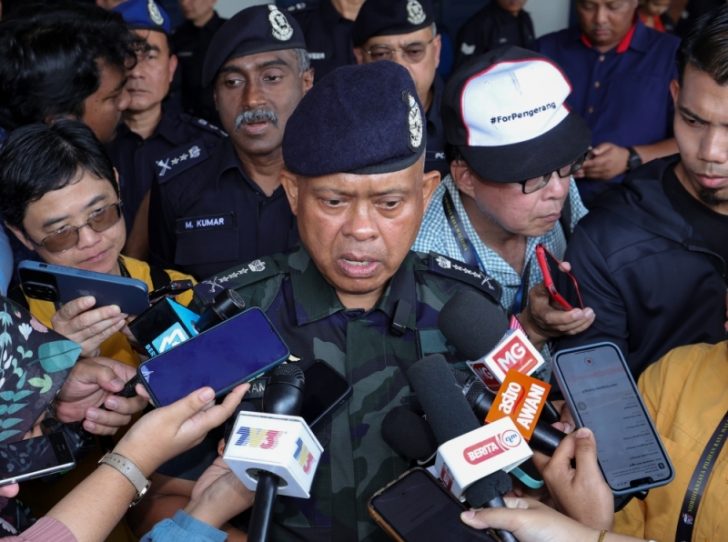In a digital age where almost everyone wields a smartphone, incidents that once might have gone unnoticed are now thrust into the global spotlight with just a click. This was precisely the case with a video that recently surfaced on X (formerly known as Twitter), showcasing a disturbing scene from Malaysia. The footage revealed a police officer, identified as a sergeant major from the Sri Gading Police Station in Johor, engaging in a violent altercation with a civilian.
The officer was seen assaulting the man – punching him repeatedly in the face and pulling his hair – in a public display of aggression that left viewers aghast.

However, the video did not just capture a moment of alleged abuse of power. It ignited a fierce debate on police conduct, accountability, and the rights of individuals. Viewers from around the globe were quick to voice their condemnation of the assault on a seemingly defenseless man. The visceral response to the footage underscored a universal demand for justice and the ethical conduct of law enforcement officials.
Netizens Cry Foul: The Public Outcry
The immediate aftermath of the video’s circulation was a tidal wave of public indignation. Netizens, empowered by social media platforms, became vocal advocates for the victim, demanding accountability and immediate action against the officer in question. However, the outcry was not just a knee-jerk reaction to violence. Instead, it was a reflection of deeper concerns over police brutality and the mechanisms in place to prevent such incidents.

The public response was a clear indication of the erosion of trust between the community and those sworn to protect it. It served as a reminder that in a world interconnected by digital threads, actions have far-reaching consequences, and the public’s demand for transparency and justice cannot be easily dismissed.
A Transfer, Not a Solution, the Police Says
In response to the mounting pressure and the virality of the incident, the Johor Police took swift action – or so it seemed. The officer at the heart of the controversy was “transferred” to another unit, a move announced by Johor Police Chief Kamarul Zaman Mamat. This reassignment was described as a “temporary” measure, pending a full investigation into the matter.

However, the decision did little to quell the public’s outrage. Many viewed the transfer as a mere slap on the wrist, a bureaucratic shuffle that did not address the severity of the officer’s actions. Critics argued that such a response was indicative of a broader systemic issue within the law enforcement system, where accountability is often muddied by procedural red tape.
Seeking Justice: The Call for a Thorough Investigation
Acknowledging the public’s dissatisfaction, the Johor Police Chief clarified that the transfer was but the first step in a comprehensive review process. He assured that a thorough investigation would be conducted under Section 323 of the Penal Code, addressing the charge of voluntarily causing hurt.
This would be coupled with disciplinary proceedings to ensure that the actions of the officer were scrutinized under the full extent of the law.





